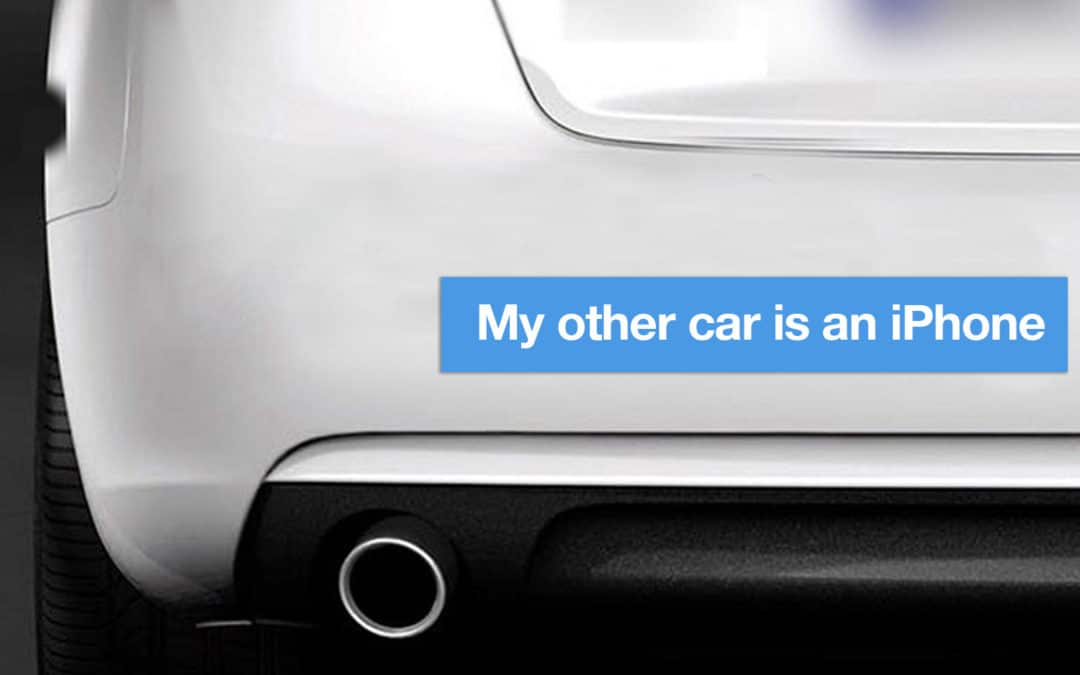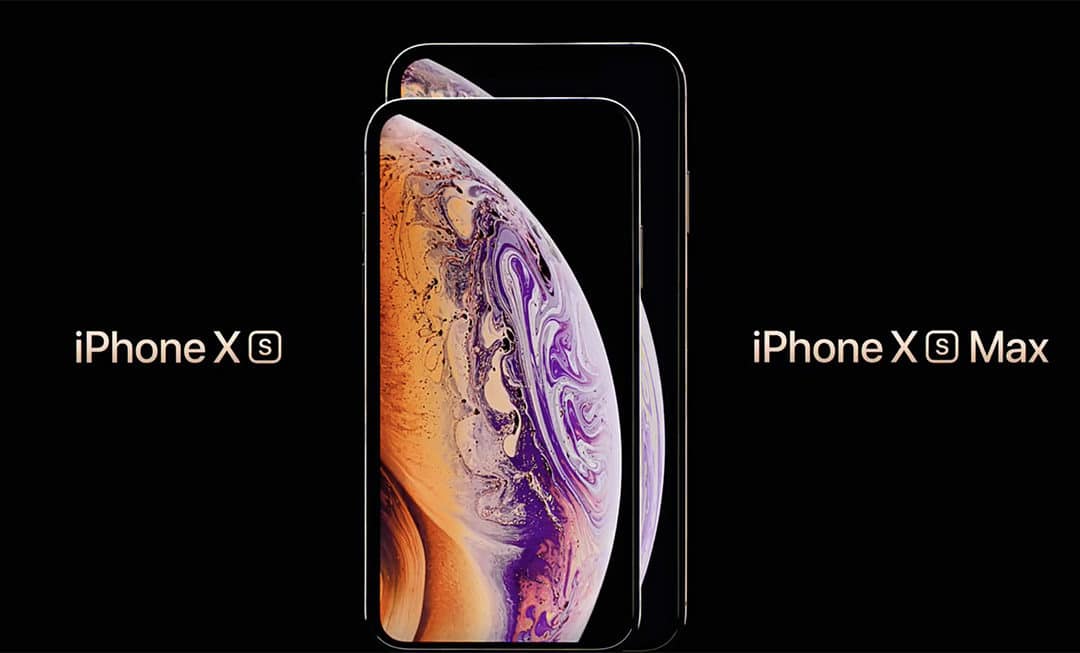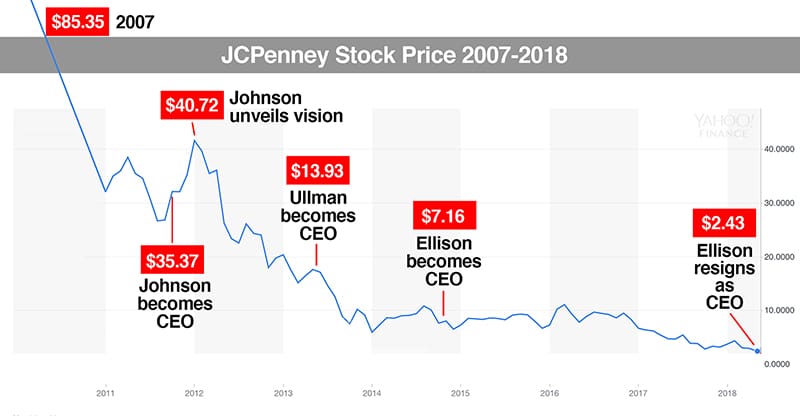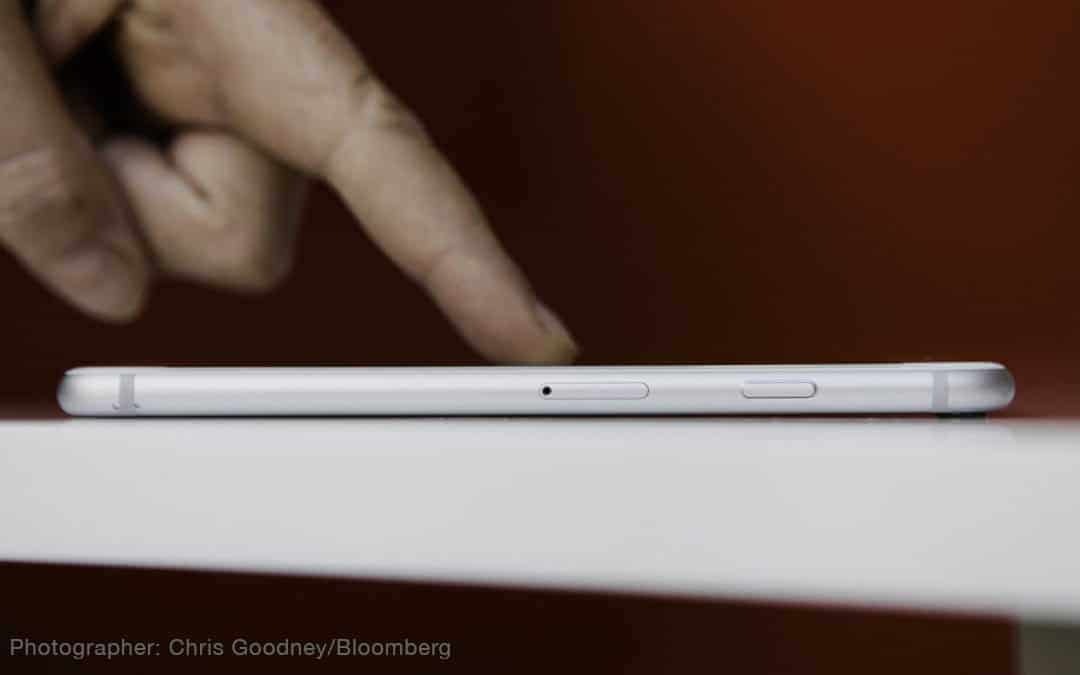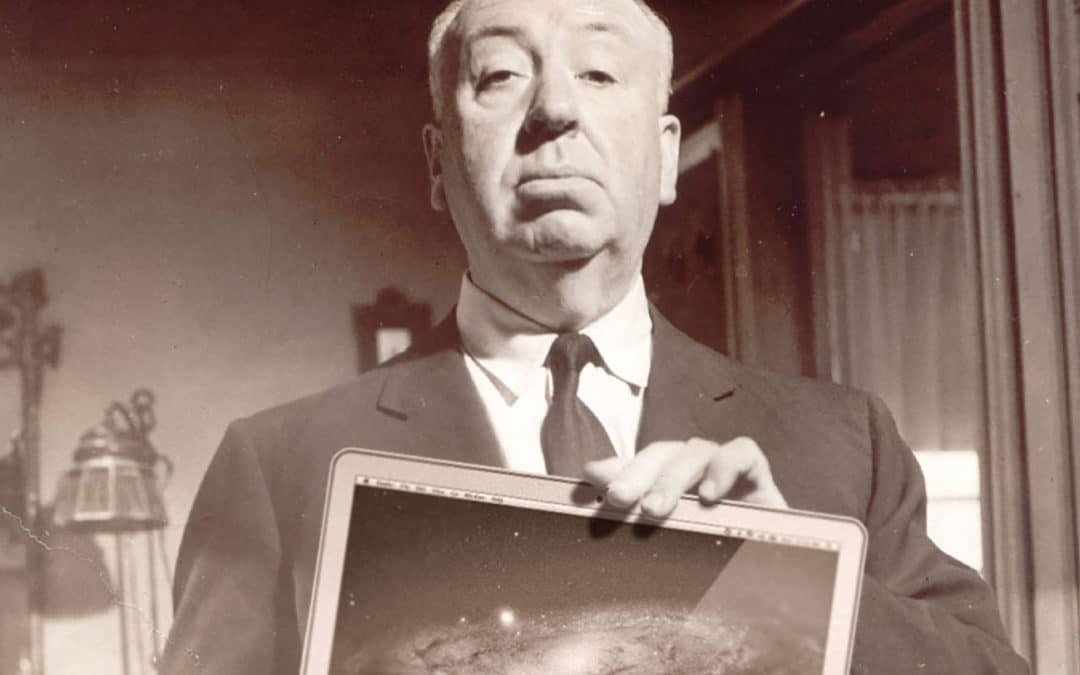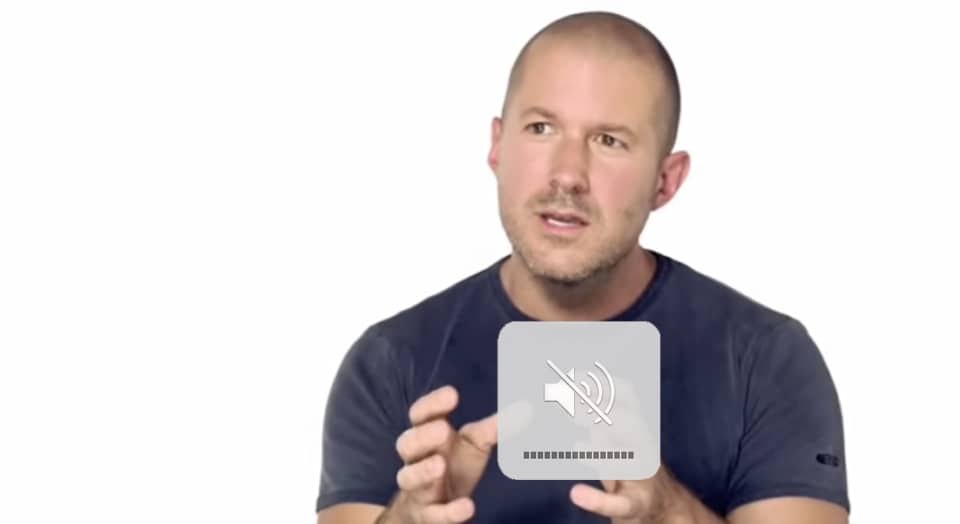
Ben Franklin said that the only certainties in life are death and taxes. Until last week, I would have added “Jony Ive product videos” to that list.
Apple had a formula for these videos and it wasn’t about to budge—beauty shots and engineering animations, accompanied by Jony’s intelligently philosophical voice.
It’s gone on for so many years, I’ve actually lost count.
It’s not like the videos didn’t work. Apple sales certainly never suffered. It’s just felt odd that a company that puts creativity front and center would become so formulaic.
But all that changed last week when Apple unveiled two new videos—for MacBook Air and iPad Pro—and we didn’t hear a peep from Jony. I’m still recovering from the shock.
Thank the marketing gods for giving Apple a much-deserved kick in the butt. Continue reading…
